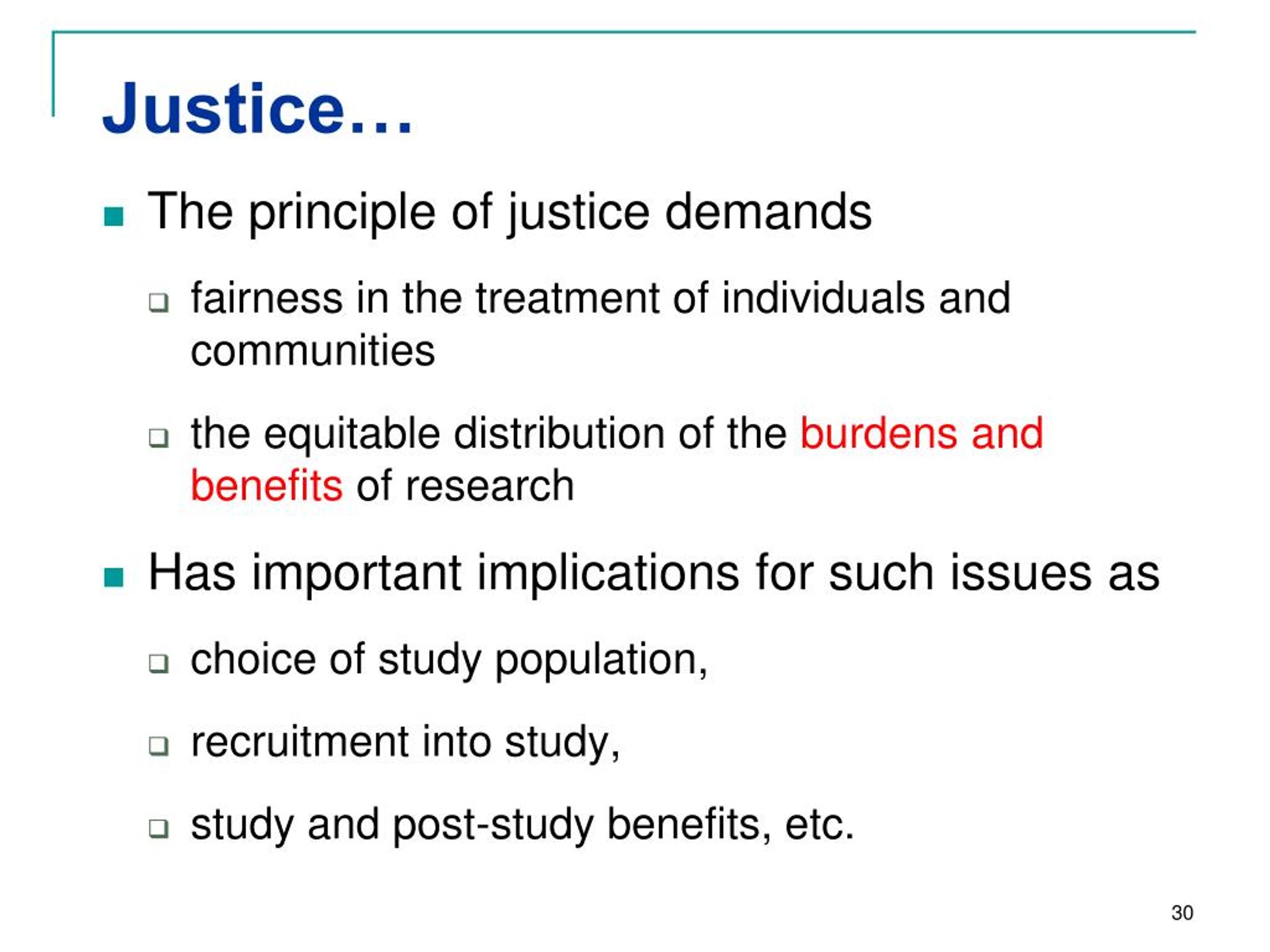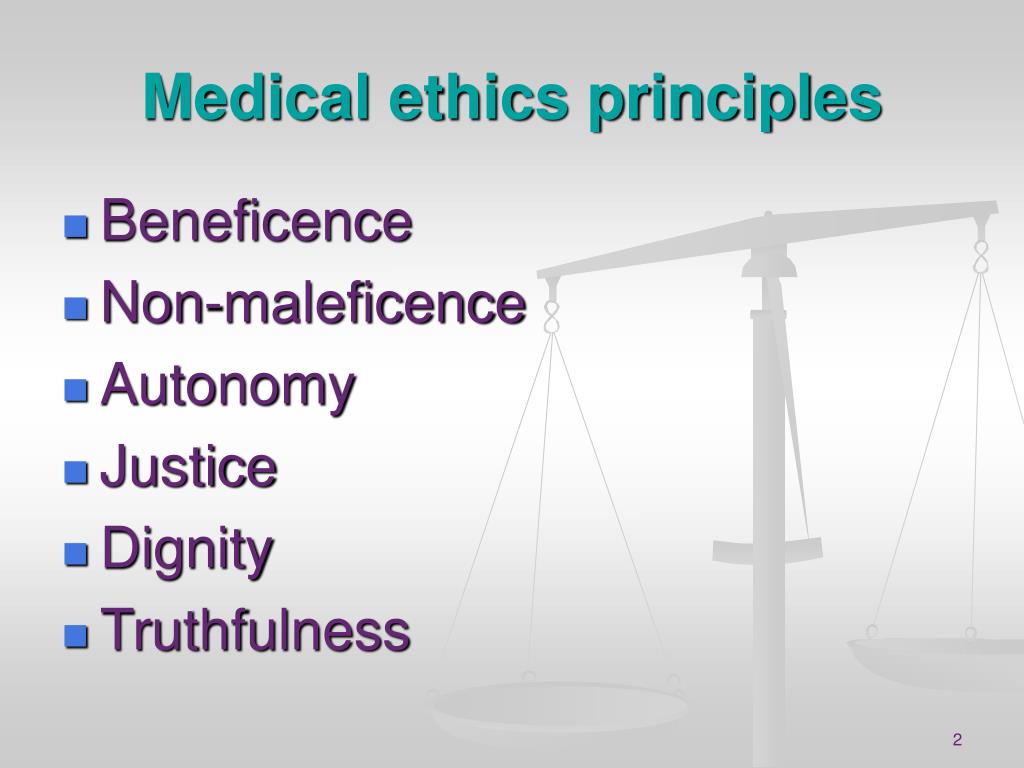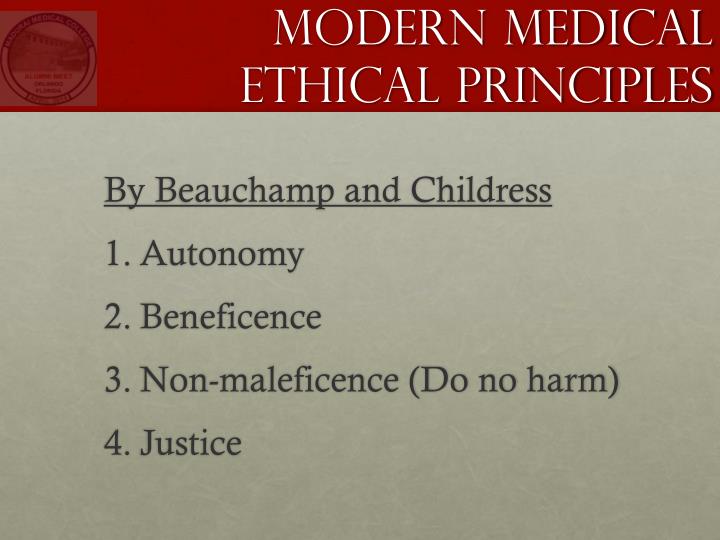


Mrs Y has indicated quite clearly that she does not want a needle inserted for the anaesthetic for the operation to remove the cyst- she is uncomfortable in a hospital setting and is frightened of needles. Mrs Y would need an operation to remove the cyst. The cyst is blocking her ureter and if left untreated will result in renal failure. She is admitted to hospital with an ovarian cyst. Mrs Y is 56 years old and has a learning disability.

To get some feel for how the Four Principles could be used by a clinical ethics committee consider the following hypothetical case study. Justice: distributing benefits, risks and costs fairly the notion that patients in similar positions should be treated in a similar manner. All treatment involves some harm, even if minimal, but the harm should not be disproportionate to the benefits of treatment.
#Justice ethical principle professional#
Non maleficence: avoiding the causation of harm the healthcare professional should not harm the patient. Respect for autonomy: respecting the decision-making capacities of autonomous persons enabling individuals to make reasoned informed choices.īeneficence: this considers the balancing of benefits of treatment against the risks and costs the healthcare professional should act in a way that benefits the patient The Four Principles are general guides that leave considerable room for judgement in specific cases. (Beauchamp and Childress Principles Biomedical Ethics, OUP, 5th edition 2001)īeauchamp and Childress’ Four Principles is one of the most widely used frameworks and offers a broad consideration of medical ethics issues generally, not just for use in a clinical setting. Ethical Issues Ethical Frameworks The four principles of biomedical ethics


 0 kommentar(er)
0 kommentar(er)
